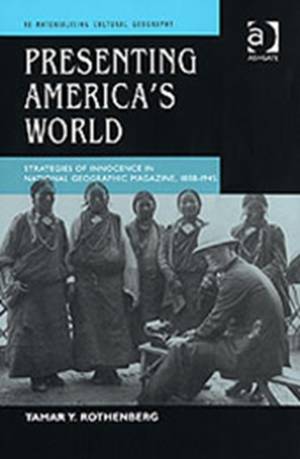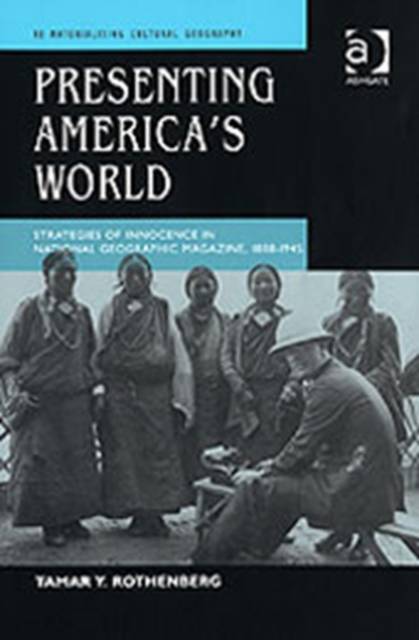
- Afhalen na 1 uur in een winkel met voorraad
- Gratis thuislevering in België vanaf € 30
- Ruim aanbod met 7 miljoen producten
- Afhalen na 1 uur in een winkel met voorraad
- Gratis thuislevering in België vanaf € 30
- Ruim aanbod met 7 miljoen producten
Zoeken
Presenting America's World
Strategies of Innocence in National Geographic Magazine, 1888-1945
Tamar Y Rothenberg
€ 202,95
+ 405 punten
Uitvoering
Omschrijving
National Geographic magazine is probably the most visible and popular expression of geography in the USA. Presenting America's World presents a critical analysis of the world portrayed by National Geographic, from its formative years in the nineteenth century, through to 1945. It situates the National Geographic Society's development within the context of a new American overseas expansionism, interrogates the magazine as America's ubiquitous source of wholesome exotica and erotica, examines the ways in which it framed the world for its millions of readers, and questions its participation in the cultural work of US global hegemony. The book argues that National Geographic successfully employed 'strategies of innocence', a contradictory stance of representation which simultaneously asserts innocence - either the innocence of 'just watching' or the innocence of altruistic behaviour - while naturalizing Western hegemony. Presenting America's World not only considers the world that National Geographic presented to its readers, but also examines the magazine's own institutional world of writers, photographers and editors. Particular attention is paid to Gilbert H. Grosvenor, the magazine's editor for over 50 years, Maynard Owen Williams, a writer and photographer who worked on nearly 100 articles from 1919 to 1960 and Harriet Chalmers Adams, a freelancer, explorer and Pan-American activist who contributed 21 articles.
Specificaties
Betrokkenen
- Auteur(s):
- Uitgeverij:
Inhoud
- Aantal bladzijden:
- 208
- Taal:
- Engels
- Reeks:
Eigenschappen
- Productcode (EAN):
- 9780754645108
- Verschijningsdatum:
- 28/07/2007
- Uitvoering:
- Hardcover
- Formaat:
- Genaaid
- Afmetingen:
- 156 mm x 233 mm
- Gewicht:
- 539 g

Alleen bij Standaard Boekhandel
+ 405 punten op je klantenkaart van Standaard Boekhandel
Beoordelingen
We publiceren alleen reviews die voldoen aan de voorwaarden voor reviews. Bekijk onze voorwaarden voor reviews.











